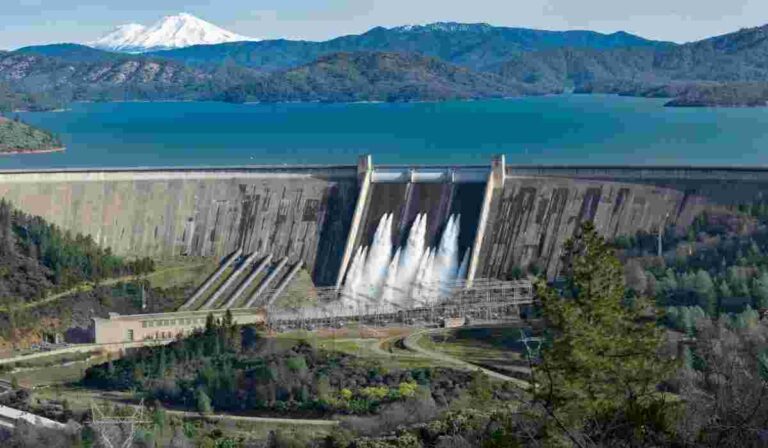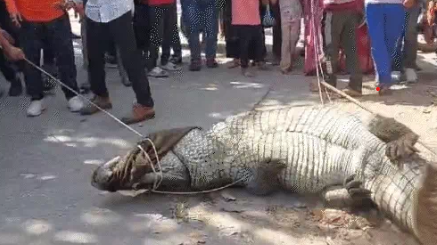By the construction of a new dam, known as Dungri Dam, under the Project “Parbati-Kalisindh-Chambal Rajasthan Canal Project (PKC-ERCP),” about 22-37 square kilometers area of Ranthambhore Tiger Reserve and Kailadevi Wildlife Sanctuary would go below water, most part of affected area falling under tiger reserve. This impact is included in the Detailed Project Report (DPR) prepared by the Water Resources Department, but the actual area that would be affected is still under survey. The demarcation by the Revenue and Forest Departments is not yet clear.
The Dungri Dam is to be constructed on the Banas River in Sawai Madhopur district, which lies between the hills of both Ranthambhore and Kailadevi Wildlife Sanctuaries. A portion of the Banas River itself enters the Ranthambhore Tiger Reserve. The total area under submergence due to the dam is around 12,000 hectares in total. Water Resources officials also claim that there is no better place for the dam than the one they’ve designed as having kept minimal impact on the tiger reserve.
The officials do not want to make any official comments due to certain directives from above. This resettlement process will cover 35 villages, with an estimated number of people affected around 8,000-10,000. Presently, the land acquisition and rehabilitation process for the affected persons is going on. The Morrel River, which also merges with this area, will contribute to the submergence zone.
The original DPR was put together in 2017, some adjustments being made to it under an MoU signed between Madhya Pradesh and Rajasthan the preceding year. In the meantime, both states signed an MoA (Memorandum of Agreement) too. Still, nothing has been made public: not the DPR, not the MoU, or even the MoA; hence the secrecy of the project raises eyebrows. Is political interference being refined or is there something else in the works?
Dungri Dam one and a half times larger than the Bisalpur Dam
Therefore, the Dungri Dam is expected to have a capacity of up to 1,600 million cubic meters and is one and a half times more than the capacity of Bisalpur Dam. It is supposed to have a height of 24.50 meters above the river with a length of 1500 meters. The water will start to flow into the Dungri Dam after Bisalpur Dam overflows. Also, direct arrangements have been made to channel water from the other two rivers, Kali Sindh and Parvati, into the dam. This dam is not going to be aimed only for one state; it will help provide water needs in millions of lives in Alwar, Bhartpur, Dholpur, Karauli, and Sawai Madhopur districts.
After Dungri the dam is proposed with a capacity of about 1600 million cubic meters, being one and a half times larger than the Bisalpur Dam. It will rise to a height of 24.50 meters above the river and measured 1500 meters in length. After the overload of the Bisalpur Dam, the water will flow into Dungri Dam. Apart from this, there are also direct arrangements for channeling water of Kali Sindh and Parvati Rivers to the dam. This will serve millions of people belonging to Alwar, Bharatpur, Dholpur, Karauli, and Sawai Madhopur districts.
Several questions remain to be answered:
- Is the submerged area affecting how tigers move?
- Is there any tiger movement in the adjacent hilly areas where the dam is going to be constructed?
- Were the Forest and Environment Department and Ministry made aware of the finalization of the DPR, or is this to be revealed only later, while applying for the No Objection Certificate, NOC?
- Does the Forest Department have a belief that this public interest project will not be affecting the tiger reserve and wildlife sanctuary?
Officials are denying denial of significant impacts on tiger movement, although details of such claims and the project’s environmental impact assessments are yet to be placed fully on the table or discussed in public. Much remains to be clarified on this issue in terms of the ecological balance and welfare of wildlife inhabiting these protected areas.
Source – Rajasthan Patrika




